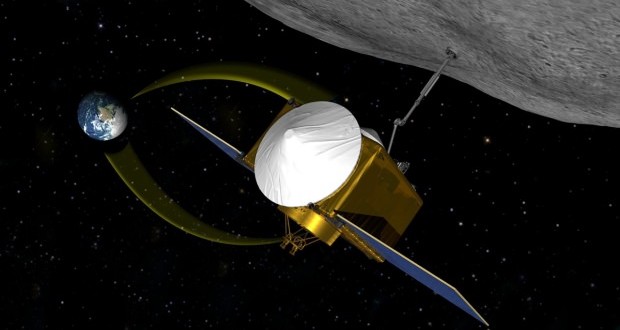Canada will join NASA in a mission to bring back rocks from an asteroid that’s considered a potential threat to hit the Earth some day.
Known as a “sample return” mission, the unmanned spacecraft would launch for the asteroid Bennu in late 2016, arriving in 2018.
“This is really ground-breaking for space exploration,” Clement said at the Royal Ontario Museum. “It means we will have a better understanding of the origins of the solar system.”
The robotic probe will arrive at the asteroid Bennu in 2018, study it for eight months, collect a sample of its surface and then return samples to Earth in 2023.
Canada’s contribution will be a Light Detection and Ranging (LIDAR) system – similar to radar, but using lasers – to create a highly accurate three-dimensional map of the asteroid’s surface. The technology will be developed with private industry partners MDA Corp. and Optech.
The project will cost the CSA $61 million over 15 years. NASA’s contribution will be $800 million over duration of the mission.
“This is of historic scientific importance and it also helps, incidentally, the space industries that we have in Canada,” Clement said.
In exchange for its contribution, Canada will own 4% of the samples from the asteroid.
Asteroid Bennu, first discovered in 1999, is nearly half a kilometre wide and, according to the CSA, has a one-in-2,700 chance of impacting Earth in about 200 years.
Agencies/Canadajournal
 Canada Journal – News of the World Articles and videos to bring you the biggest Canadian news stories from across the country every day
Canada Journal – News of the World Articles and videos to bring you the biggest Canadian news stories from across the country every day



